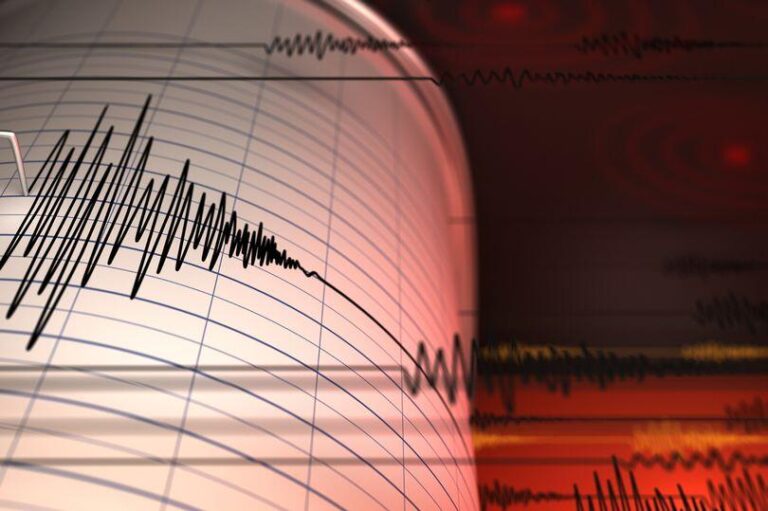BREAKING: Exact Times Caribbean Tsunami Waves Could Reach Puerto Rico and Virgin Islands Revealed
In light of recent seismic activity in the Caribbean, officials have just released crucial information regarding the expected arrival times of tsunami waves in Puerto Rico and the U.S. Virgin Islands. While tsunamis are rare in this region, trembling under the seismic forces has ignited concern among residents and authorities alike. The urgency to be well-informed and prepared cannot be overstated, especially given the potential threat posed by such natural disasters.
Timeline of the Tsunami Arrival
According to the National Oceanic and Atmospheric Administration (NOAA), recent geological assessments have provided insight into the anticipated wave heights and arrival times for these areas. Following a significant underwater earthquake, experts predict that tsunami waves could reach Puerto Rico within approximately 30 to 45 minutes of the seismic event. For the U.S. Virgin Islands, the timeline is even more critical, as waves could arrive as soon as 20 to 30 minutes post-earthquake.

Understanding Tsunamis
To grasp the gravity of this situation, it’s important to understand what a tsunami is. Tsunamis are series of enormous waves caused primarily by underwater disturbances, such as earthquakes, volcanic eruptions, or landslides. The energy released during these events creates waves that can travel across entire oceans at speeds reaching up to 500 miles per hour. Once these waves approach shallow coastal waters, their speed decreases, but their height can increase dramatically, leading to potentially devastating impacts on coastal communities.
Statistically, about 80% of tsunamis occur in the Pacific Ocean, but the Caribbean has also experienced its share of impactful waves. A notable historical event is the 1946 tsunami, which struck Rincon, Puerto Rico, resulting in 100 fatalities and significant damage to coastal infrastructure.
Current Preparedness Measures
In preparation for potential tsunami threats, officials in both Puerto Rico and the Virgin Islands have been proactively engaging in educational initiatives. Many communities have established tsunami evacuation routes and conducted drills to ensure residents are aware of the necessary steps to take should a tsunami warning be issued. Furthermore, the government has invested in enhancing coastal monitoring systems that can provide real-time information on seismic activity.

The Pacific Tsunami Warning Center (PTWC) continuously monitors the seismic activities in the Caribbean, offering prompt alerts. Residents are encouraged to stay updated via official social media accounts and emergency news outlets. It is imperative for individuals to remain informed about local evacuation routes and to have an emergency plan in place.
What to Do If a Tsunami Warning Is Issued
If you receive an official tsunami warning, here are essential steps to follow:
- Move to Higher Ground: Tsunami waves can surge quickly, so it’s crucial to relocate to higher ground away from the shoreline.
- Listen for Updates: Keep tuned into local news stations or NOAA Weather Radio for real-time updates and instructions.
- Don’t Return Immediately: After the waves have passed, refrain from returning until local authorities declare it safe. After the first waves, additional waves may occur.

Conclusion
The latest updates regarding the expected arrival times of tsunami waves in Puerto Rico and the U.S. Virgin Islands serve as stark reminders of the importance of preparedness and awareness in the face of natural disasters. Even though the risk of a tsunami is relatively low compared to other regions, the potential impact is severe enough to warrant attention from residents and officials alike.
As we continue to watch the Caribbean’s seismic patterns, it is essential for communities to remain vigilant and informed. By knowing the protocols and timelines associated with tsunami events, individuals can play a crucial role in safeguarding themselves and their families. Remember, preparation is your best defense against unexpected natural disasters.
Stay connected to local news for announcements and updates, and ensure your family is ready for any eventuality. For further information about tsunami preparedness and safety measures, visit official NOAA resources.


